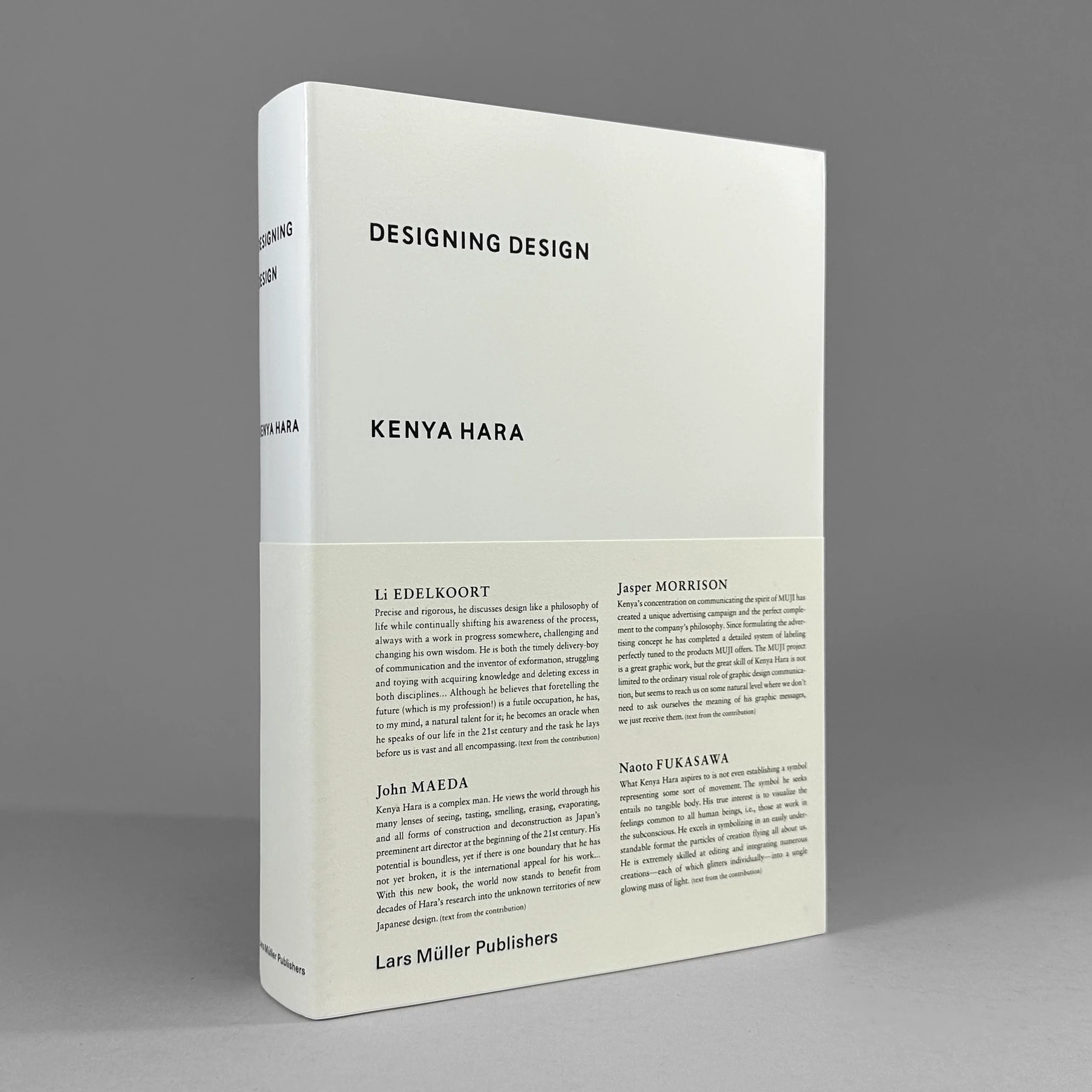In today’s competitive design industry, innovation is crucial. Designers need to constantly improve to meet market needs with creative designs. In his book “Designing Design,” the renowned Japanese designer Kenya Hara shares valuable insights. Here are five ways to enhance your innovation skills as a designer, drawing on Hara’s experience.

1.Use cross-disciplinary collaboration in design to spark new ideas.
Kenya Hara stresses the importance of cross-disciplinary collaboration. He thinks designers should work with experts from various fields, like artists, engineers, and marketers. Each field brings its own unique perspective and expertise. By collaborating, designers can break traditional thinking and find new inspiration and ideas.
2.Focus on user-centered design and delve into daily life to discover innovative needs.
Kenya Hara emphasizes that design should fulfill user needs, not just aesthetics. True innovation arises from understanding these needs. Observing daily life helps designers spot minor, often overlooked problems, leading to innovative solutions.
For instance, Hara’s MUJI designs, known for their simplicity and practicality, stem from such insights. Designers can identify users’ real challenges through interaction and research, creating valuable, innovative designs based on these insights.

3.Simplify design to do more with less and spark creativity.
Complex design isn’t always good. Kenya Hara advocates for “simplifying complexity” in design. He believes designers should balance function and aesthetics by subtracting, not just adding elements. Simplicity doesn’t mean plainness. It challenges designers to innovate within limited elements.
4.Boost creativity with frequent testing and quick iterations.
Innovation is an ongoing process of testing and improving. Kenya Hara encourages designers to use experiments and prototypes to test their designs. Designers can quickly make a prototype and refine it based on feedback.
5.Stay curious and keep learning.
Designers need to continually enrich their knowledge of new technologies, materials, and trends.

By implementing these strategies, designers can enhance their innovation skills and adapt to changing market needs, creating impactful and valuable designs.
“Designing Design” is essential reading for designers and a valuable resource for all creative professionals.
Learn more about this book:




